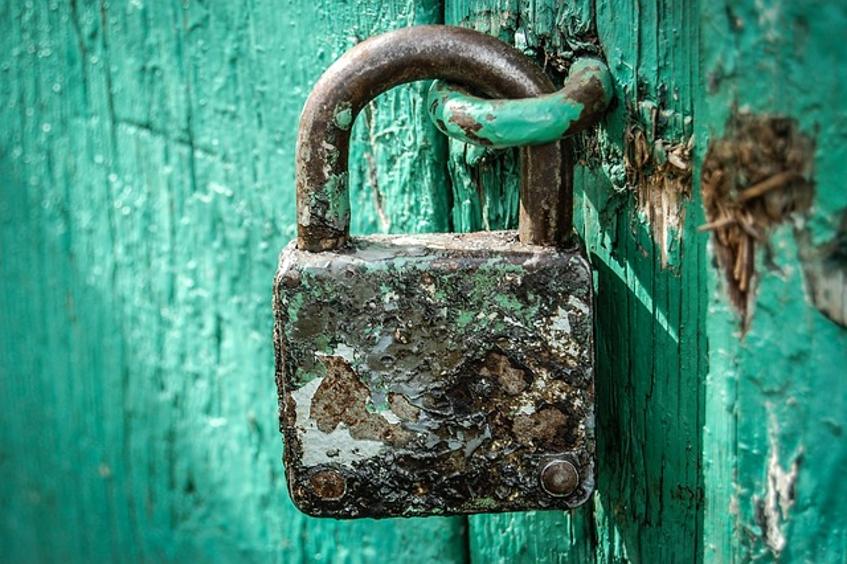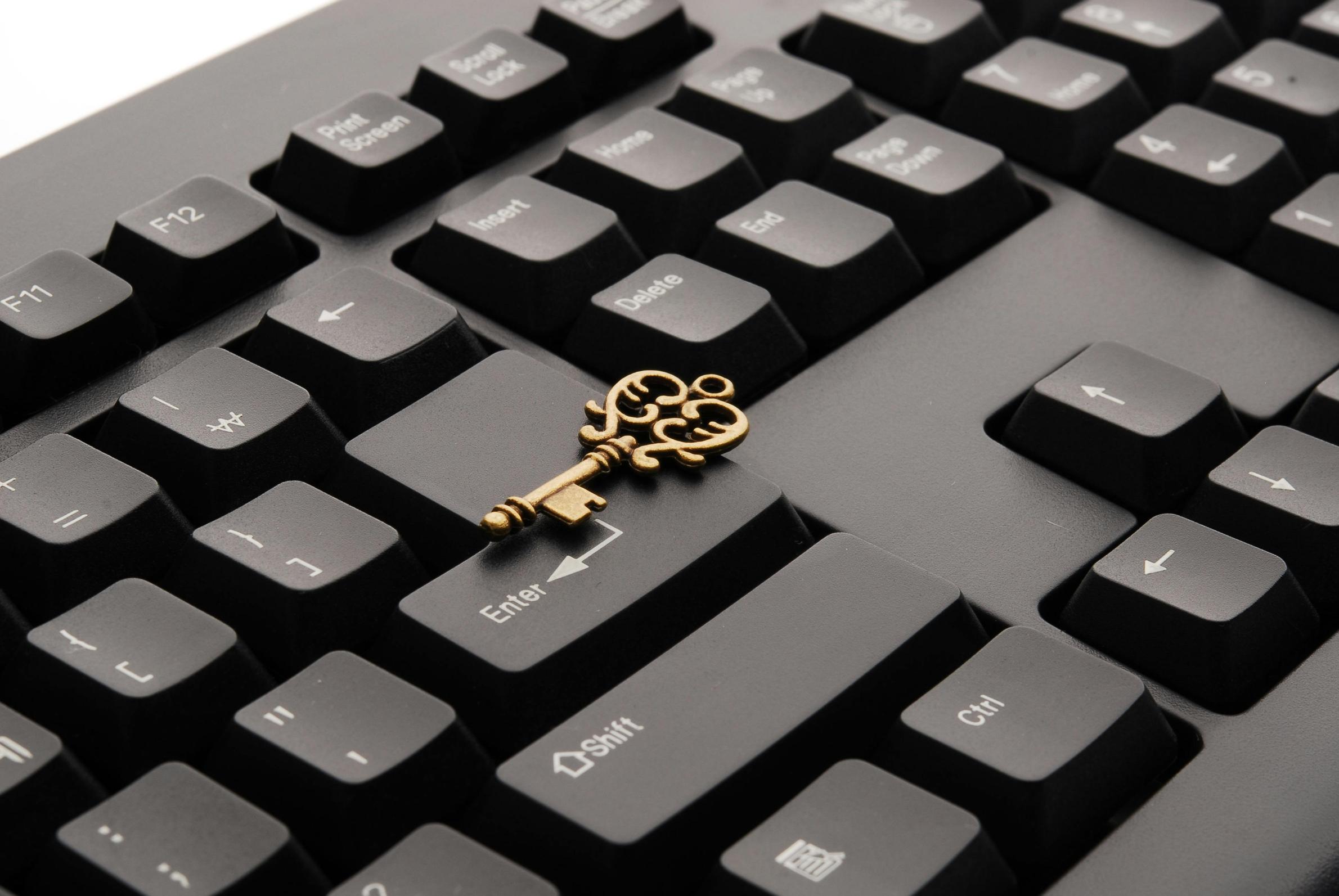How to Lock a Computer
Introduction
Securing your computer is essential for protecting personal and sensitive information from unauthorized access. One of the simplest ways to enhance your digital security is by locking your computer when it's not in use. This action prevents others from viewing or tampering with your data. This guide will walk you through various methods to lock both Windows and macOS computers. Additionally, we will cover advanced security measures and offer troubleshooting tips to ensure your data remains safe.

Locking Methods for Windows Computers
Windows computers offer several convenient ways to lock the screen, whether manually or automatically. Here are some effective methods you can use to lock your Windows computer quickly.
Using the Ctrl+Alt+Delete Shortcut
- Press Ctrl+Alt+Delete simultaneously.
- Select 'Lock' from the menu that appears.
This shortcut takes mere seconds and is especially useful when you need to step away from your desk quickly.
Windows Key + L Shortcut
- Press the Windows Key + L simultaneously.
This is perhaps the quickest method to lock your Windows computer, taking you instantly to the lock screen.
Locking via Start Menu
- Click on the Start Menu.
- Select your account icon or name.
- Choose 'Lock' from the dropdown options.
While slightly slower than shortcuts, this method is still straightforward and easy to remember.
Setting up Automatic Lock
- Open the 'Settings' app.
- Go to 'Accounts' and then 'Sign-in options.'
- Scroll down to the 'Require sign-in' section.
- Set the 'Require sign-in' option to 'When PC wakes from sleep.'
For automatic locking based on inactivity: 1. Return to 'Settings.' 2. Go to 'Personalization' > 'Lock screen.' 3. Click on 'Screen timeout settings.' 4. Set the time frame for when the screen should turn off and require re-signing in.
Setting up an automatic lock ensures your computer secures itself after a period of inactivity, providing an extra layer of security.

Locking Methods for macOS Computers
Mac users also have several convenient methods to lock their screens. These methods vary from keyboard shortcuts to using software features like Hot Corners.
Using the Control+Command+Q Shortcut
- Press Control+Command+Q simultaneously.
This shortcut immediately locks your screen, which is helpful if you need to secure your computer quickly.
Hot Corners Setup
- Open 'System Preferences.'
- Go to 'Mission Control.'
- Click on 'Hot Corners.'
- Choose a corner and set it to 'Put Display to Sleep.'
Bringing your cursor to the set corner will activate the lock screen, making it an intuitive locking method.
Locking via the Apple Menu
- Click the Apple logo in the top-left corner of your screen.
- Select 'Lock Screen.'
This method is straightforward, accessible without needing a keyboard shortcut, and can be convenient in multi-tasking scenarios.
Setting up Automatic Lock in System Preferences
- Open 'System Preferences.'
- Click on 'Security & Privacy.'
- Go to the 'General' tab.
- Check 'Require password' and set the time interval for re-signing in after sleep or screen saver begins.
For additional screen saver settings: 1. Return to 'System Preferences.' 2. Click on 'Desktop & Screen Saver.' 3. Set the screen saver to activate after a specified period of inactivity.
Setting these preferences ensures that your macOS system locks automatically, just like Windows, providing ongoing security against unauthorized access.

Advanced Security Measures
For heightened security, consider implementing advanced measures on both Windows and macOS systems. These techniques add additional layers of protection.
Setting Password Policies
- Use strong passwords that combine letters, numbers, and special characters.
- Change passwords regularly.
- Avoid using easily guessable information like birthdays or common words.
Proper password policies make unauthorized access significantly more challenging.
Utilizing Biometric Authentication
- On Windows, set up Windows Hello for fingerprint or facial recognition.
- On macOS, use Touch ID if available.
Biometric authentication adds a quick yet highly secure method to access your computer without compromising safety.
Encryption Options
- For Windows, enable BitLocker encryption.
- On macOS, enable FileVault.
Encryption ensures that your files remain protected, even if someone gains physical access to your hard drive.
Troubleshooting Common Issues
Even with multiple locking methods, you might face common issues such as forgotten passwords or malfunctioning locking features. Here are some troubleshooting tips:
- Forgotten Passwords: Use password recovery options available during system start-up, or reset your password using linked email or security questions.
- Malfunctioning Lock Screen: Ensure your operating system is updated, as updates often contain fixes for these common issues.
- Biometric Authentication Not Working: Re-configure your biometric credentials and clean sensors to ensure optimal functionality.
By staying informed about common issues, you can maintain the security features on your computer efficiently.
Conclusion
Locking your computer is a fundamental step in maintaining digital security. Whether you use Windows or macOS, various methods are available to secure your system quickly and efficiently. By understanding these methods and implementing advanced security measures, you can protect your data from unauthorized access.
Frequently Asked Questions
How do I set up automatic lock on my computer?
Windows: Go to Settings > Personalization > Lock screen > Screen timeout settings. macOS: Go to System Preferences > Security & Privacy > General tab, then set the screen saver or sleep lock.
What should I do if I forget my computer password?
Use the password recovery options available during system start-up or reset your password using linked email or security questions.
Can third-party software enhance computer locking security?
Yes, third-party software can offer additional security features, such as enhanced encryption and advanced biometric authentication options.



